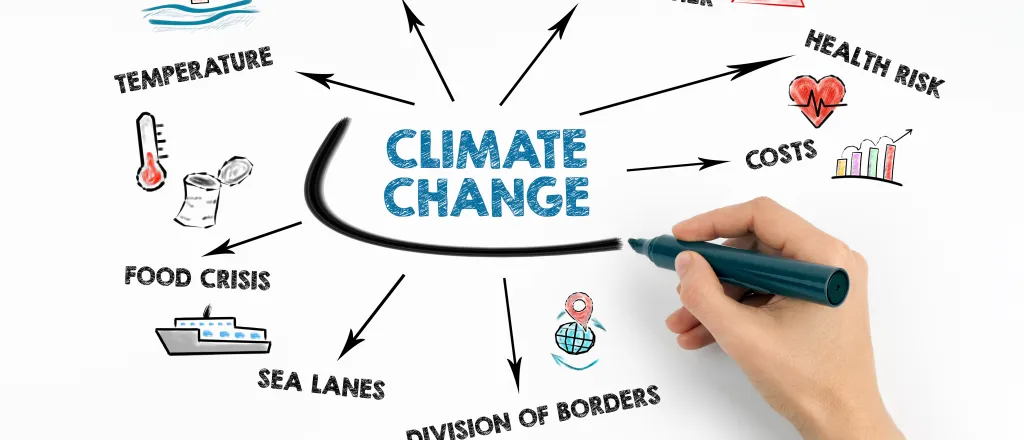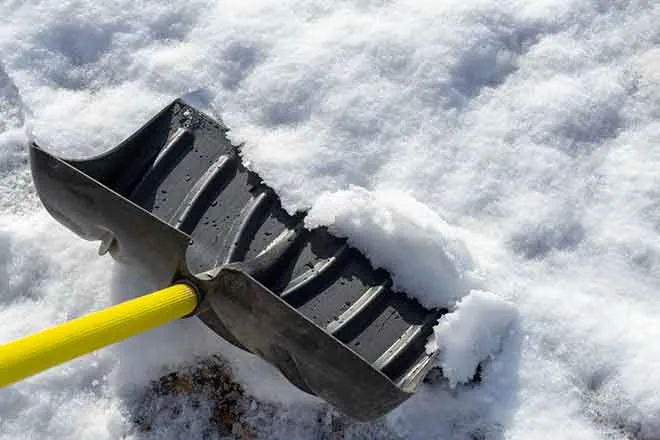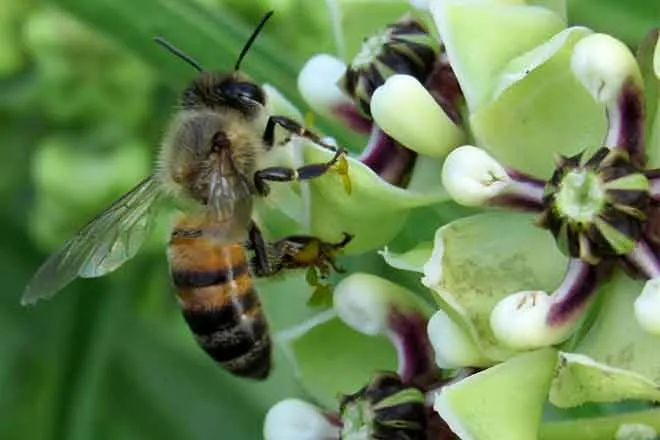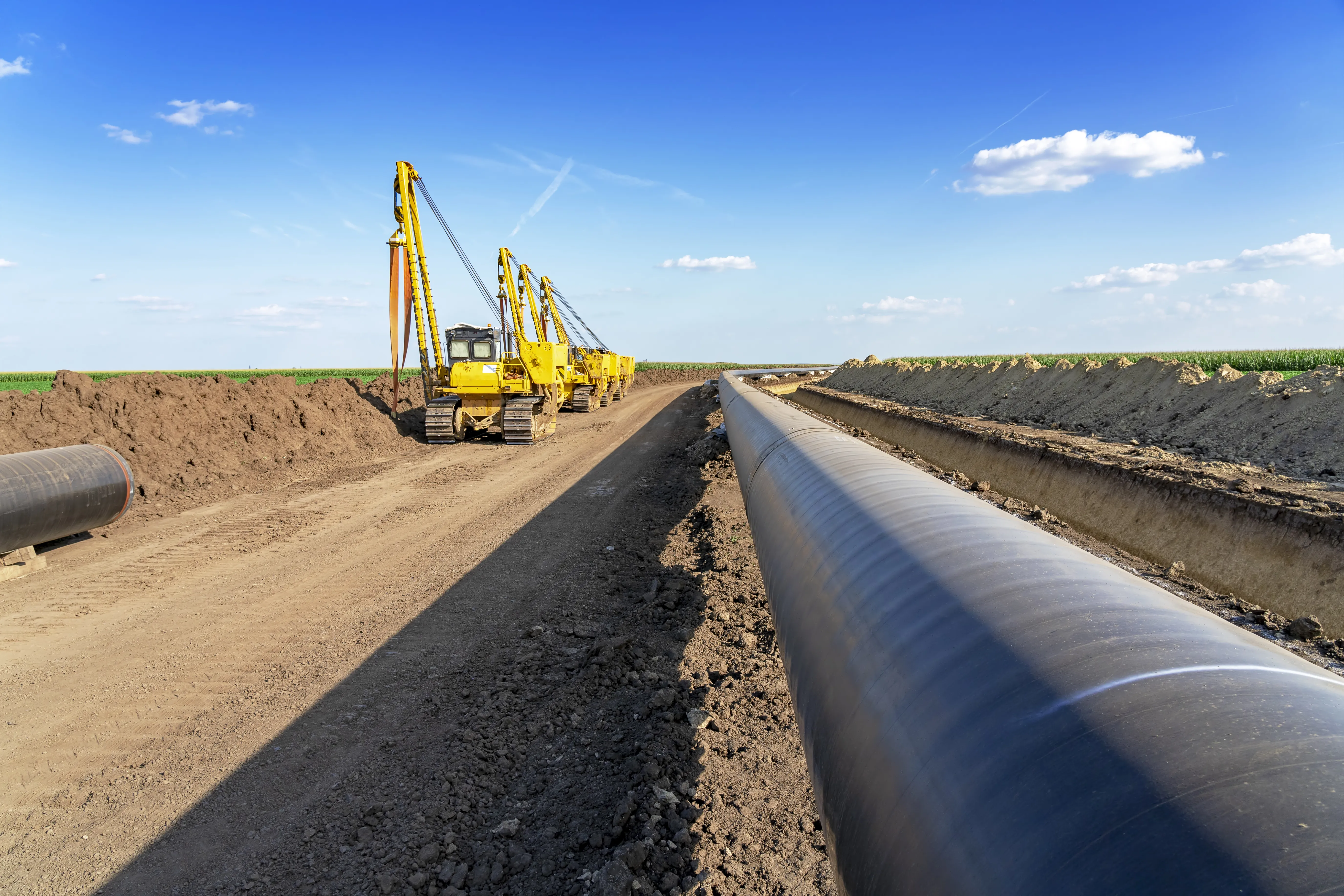
Farm waste ups dangers of climate change-related weather events
Click play to listen to this article.
(Maine News Service) As the Atlantic coast braces for what could be an active hurricane season, environmental groups are warning about the dangers of agricultural pollution.
They say large amounts of animal waste, often stored in unsecured, outdoor lagoons, make already harrowing events such as flash floods an even greater health and safety risk.
Krissy Kasserman, factory farm organizing director for the group Food and Water Watch, said heavy downpours can spread toxins to local drinking water supplies and area farm fields.

© iStock - Pashalgnatov
"We see climate change making these storms bigger, they're more intense," Kasserman pointed out. "They flood these manure lagoons, which creates a really potentially deadly mess of pollution for people who live downstream to have to deal with."
Kasserman noted low-income communities are often closest to agricultural waste sites and are most at risk. She stressed the cost of cleanup for drinking water sources after storms often falls to ratepayers and well owners themselves.
Agricultural waste not only poses a risk during and after a storm but is a major source of greenhouse gas emissions, which scientists say are fueling more climate change-related weather events. It is estimated livestock production alone accounts for nearly 15 percent of worldwide emissions.
Kasserman argued federal legislation known as the "Farm System Reform Act" would impose a moratorium on construction of new and expanding factory farms to better protect nearby communities.
"The answer is to move toward a more sustainable form of agriculture that doesn't involve confining a large number of animals and their manure in one very small space," Kasserman contended.
Kasserman acknowledged it will take strong political will to stand up to "Big Ag" to get it done. Meanwhile, forecasters are warning residents along the Atlantic coast to prepare for an above normal number of hurricanes this season with up to 25 named storms along with four to seven major hurricanes by the end of November.
















